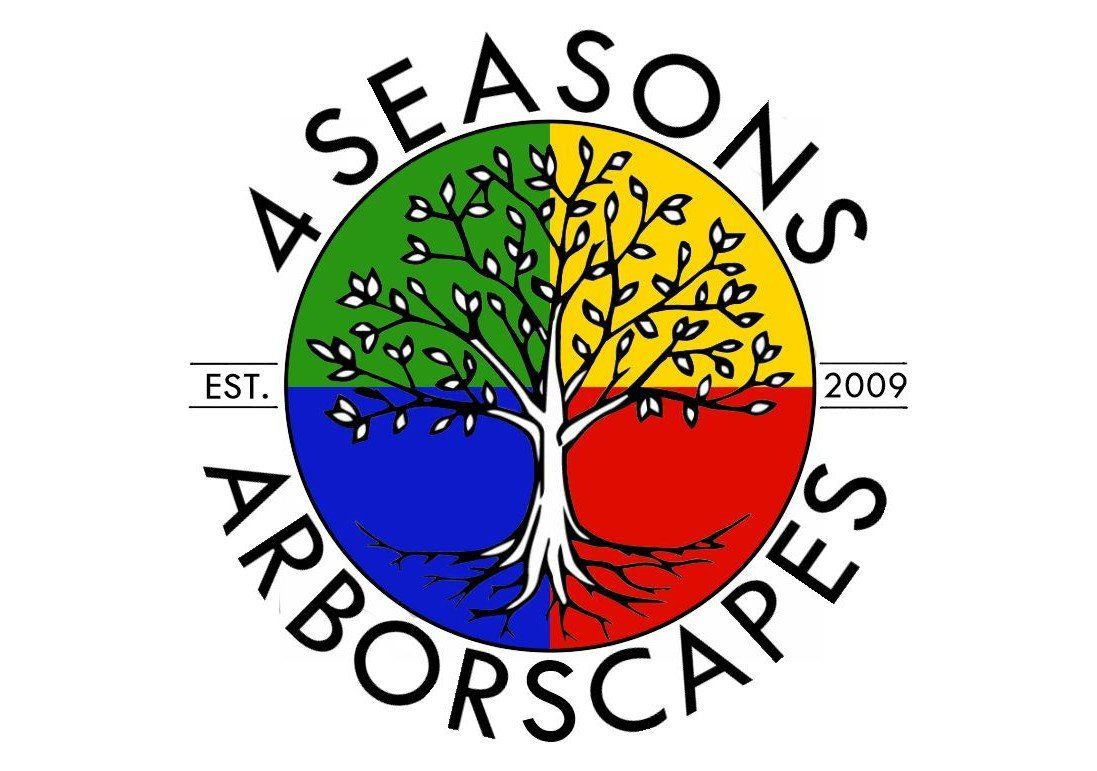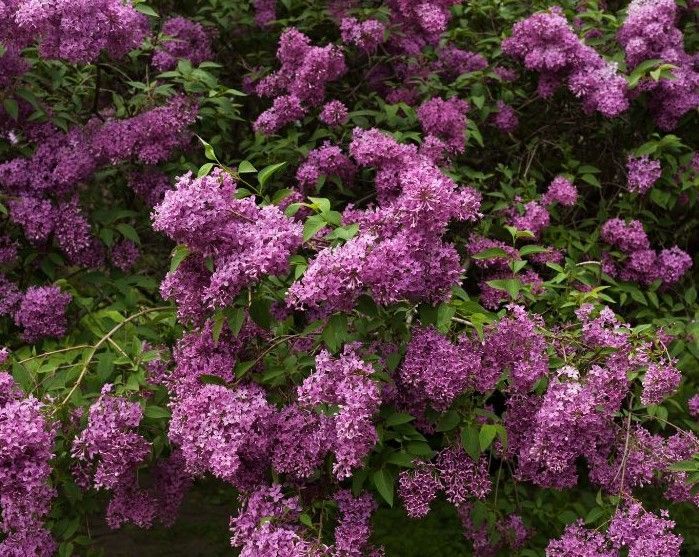What Homeowners Should Do in Case of Storm Damage or Fallen Trees
When nature unleashes its fury, even the sturdiest homes can find themselves vulnerable to the chaos of storms and the unpredictable crash of falling trees. As a homeowner, you might feel a mix of fear and confusion in the aftermath, staring at a damaged roof, crushed car, or a blocked driveway. But before the storm clouds have fully parted, it’s crucial to know the steps you need to take to protect your property and ensure your safety.
Emergency tree services play a crucial role in ensuring the safety of homeowners and their properties during and after severe weather events, such as storms. When storms cause tree damage or lead to fallen trees, prompt and professional response is essential. In this blog, we’ll guide you through the first actions to take after a storm, from assessing the damage to navigating insurance claims, so you can restore your home to its former glory with confidence.
Step-by-Step Guide to Dealing with Storm Damage
1. Ensure Safety First
In the event of severe damage or an immediate threat, it is strongly advised to evacuate the premises promptly and relocate to a safe area. It is essential to steer clear of downed power lines, broken glass, and any other potential hazards to ensure your safety and well-being during such a situation. Remember to follow all evacuation procedures and stay alert to any further instructions from emergency personnel.
2. Conduct a Preliminary Assessment
If it is safe for you to do so, thoroughly and meticulously inspect your home and its surroundings for any visible signs of damage, including but not limited to broken windows, roof damage, or fallen trees. Taking the time to document all instances of damage through photographs and videos is essential for insurance claims and ensuring that you have a comprehensive record of the harm caused. By being proactive and thorough in your inspection and documentation process, you are better equipped to navigate the insurance process efficiently and effectively.
3. Contact Emergency Services if Needed
It's important to prioritize safety during power outages by promptly reporting any downed power lines or outages to your utility company. In the event of significant structural damage or the potential for further harm, it is advisable to reach out to local authorities or emergency repair services for assistance. Taking quick action and seeking help from the appropriate channels can help ensure the well-being of yourself and those around you during unforeseen circumstances.
4. Secure the Property
During an emergency situation such as severe weather or natural disasters, it is crucial to take immediate action to protect your property from further damage or looting. Utilize tarps, plywood, or any available materials to cover broken windows and damaged roofs temporarily. This will help prevent further damage and secure the affected areas. Additionally, it is important to quickly move valuable items away from these damaged areas to reduce the risk of additional loss or damage. Being proactive in safeguarding your property can make a significant difference in minimizing the impact of the situation.
5. Notify Your Insurance Company
Contact your insurance company promptly following any damage to your property to ensure a smooth claims process. Reporting the damage and initiating a claim without delay can help in expediting the resolution. Be sure to provide detailed information, including photos, videos, and any other evidence of the damage, to support your claim and help your insurer assess the situation accurately. Keeping thorough documentation will assist in maximizing the chances of a successful claim settlement.
6. Hire Professional Help
Engage professional tree removal services to safely clear fallen trees and debris from your property and restore the safety of your surroundings. A good tree company will work with you or your insurance company to ensure the work complies with insurance requirements. Following the tree removal process, it is advisable to hire licensed contractors for any necessary repairs to your home, guaranteeing that the damages are professionally and efficiently addressed. By investing in skilled professionals, you can rest assured that your property will be restored to its optimal condition with the highest quality of workmanship.
7. Keep Detailed Records
Keep the receipts for any emergency repairs or accommodations that you may need to make. In addition, it is highly recommended to maintain a detailed log of all communications with your insurance company, contractors, and service providers. This will not only help you stay organized and informed throughout the process but also serve as valuable documentation for any future reference. By diligently documenting all interactions and keeping track of expenses, you can ensure a smoother and more efficient resolution of any issues that may arise.
8. Follow Up on Insurance Claims
It is important to establish a cooperative and communicative relationship with the insurance adjuster during their comprehensive assessment of the damage incurred. Be sure to actively engage in the process and ask any pertinent questions that may arise. Additionally, meticulously review and analyze any settlement offers provided by your insurer to guarantee they adequately account for all necessary repairs and expenses related to the restoration of your property. This proactive approach will ultimately contribute to a smoother claims process and a satisfactory resolution.
9. Make the Necessary Repairs
Prioritize addressing structural and safety issues as the first step in your renovation journey. This could involve crucial tasks like conducting roof repairs and ensuring all electrical work is up to code. Once these safety concerns have been successfully taken care of, you can shift your attention towards enhancing the aesthetic appeal of your space through cosmetic repairs and revamping the landscaping to create a more welcoming environment. By approaching the renovation process methodically, you can create a well-rounded transformation that not only looks great but also ensures the safety and longevity of your property.
10. Plan for Future Prevention
Assessing what steps can be taken to reinforce your home against future storms is crucial in protecting your property and loved ones. Consider strategies like trimming trees that could pose a risk during high winds, as well as reinforcing the structure to better withstand severe weather. Additionally, it's important to carefully review your insurance policy to make sure you have sufficient coverage in place for any potential future events, providing you with peace of mind in times of uncertainty.
Protecting Your Property from Future Storm Damage
As a professional tree service company, we know firsthand the devastation that storms can bring to homes and properties. While it's impossible to control the weather, there are several proactive measures homeowners can take to minimize the risk of storm damage. By taking preventative steps now, you can safeguard your property and reduce the likelihood of costly repairs in the future.
Regular Tree Maintenance and Pruning
One of the most effective ways to protect your home from storm damage is through regular tree maintenance and pruning. Overgrown or unhealthy trees can become hazardous during storms, with branches more likely to break and cause damage to your roof, windows, or power lines. Our expert arborists recommend scheduling routine inspections to identify and address any weak or diseased branches. Proper pruning not only enhances the health of your trees but also reduces their wind resistance, making them less likely to topple during severe weather.
Strategic Tree Placement
If you're considering planting new trees, strategic placement can significantly impact your property's resilience against storms. Our team can assist in selecting the right species and positioning them at a safe distance from your home and other structures. Fast-growing trees might seem appealing, but they often have weaker root systems, making them more vulnerable during storms. Instead, we recommend choosing hardy, wind-resistant species that are suited to your local climate and soil conditions.
Assessing and Removing Risky Trees
In some cases, removing a tree may be the best course of action to protect your property. If a tree shows signs of rot, decay, or structural weakness, it could pose a significant risk during a storm. Our skilled professionals can assess the health and stability of your trees, providing expert recommendations for removal when necessary. While it can be difficult to part with a beloved tree, prioritizing safety is essential for preventing future damage.
Reinforcing Structures and Landscaping
In addition to tree care, reinforcing your home's structures and landscaping can further safeguard against storm damage. Secure loose items in your yard, such as patio furniture and garden ornaments, to prevent them from becoming projectiles during high winds. Consider installing storm shutters or impact-resistant windows to protect your home's interior from debris. Our team can also advise on landscape designs that channel water away from your home, reducing the risk of flooding during heavy rainfall.
By investing in proactive measures and partnering with a reliable tree service company, homeowners can significantly reduce their vulnerability to storm damage. Our commitment is to help you maintain a safe and resilient property, ensuring peace of mind no matter what the weather brings.
Check out the latest...








